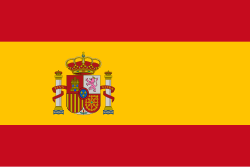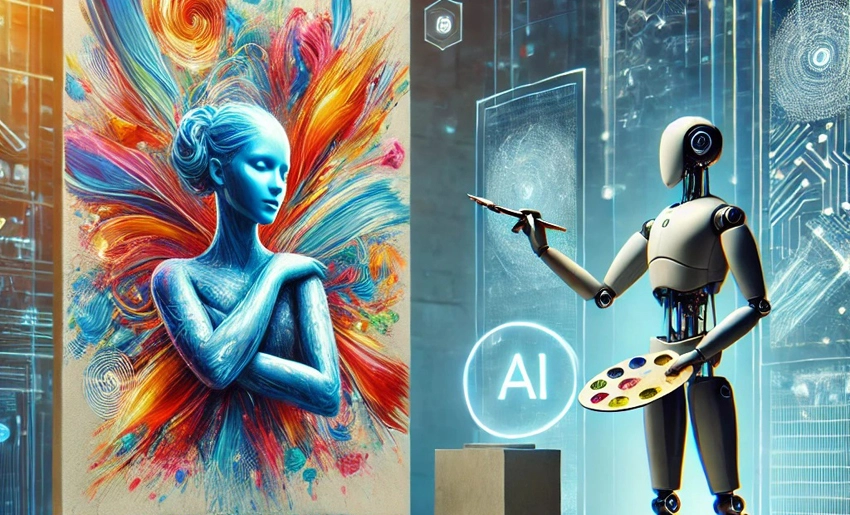Generative Artificial Intelligence (AI) has burst into the art world with the force of a tsunami. Suddenly, anyone with access to a chatbot and an internet connection can become an “artist”. Simply by typing in a description and waiting for the machine to create an image to their liking.
This new paradigm raises fundamental questions about the nature of creativity. The value of artistic work, and the future of art as we know it.
The rise of AI-generated images, mainly with ChatGPT, has democratized access to visual creation. Now, people without drawing, painting or design skills can materialize their ideas in striking images. Generating content for social networks, presentations, personal projects or even advertising campaigns.
This accessibility has unleashed an unprecedented wave of creativity. Allowing even untrained individuals to be able to access the environment. Artistic training to express their imagination, ideas and visions in ways previously unthinkable.
Positively, AI makes it possible to create images that challenge the limits of reality and explore abstract concepts. Opening new avenues for artistic experimentation.
In addition, small businesses and entrepreneurs can generate quality visual content at a low cost. Leveling the playing field in the market. But this apparent creative utopia also has its dark side.
The ease with which images can be generated raises serious ethical and economic concerns. The proliferation of AI-generated images threatens to devalue the work of professional artists. Who devote years of study and practice to hone their skills. If anyone can create an “artistic” image in seconds. Who will be willing to pay for the work of a human artist?
AI is trained on large amounts of existing images. Often without the consent of the original creators. AI-generated images can therefore contain copyrighted elements. Leading to complex legal issues.
In addition, the ease of copying artistic styles can promote plagiarism and lack of originality. The creation of false and manipulated images can have serious consequences in the political, social and personal spheres.
Deepfakes, hyper-realistic images of people doing or saying things they never did. It can be used to damage the reputations of individuals. Spread fake news, and manipulate public opinion.
AI reflects the biases present in the data with which they are trained. This can lead to the creation of images that perpetuate racial, gender, and cultural stereotypes. AI-generated art is a powerful tool with enormous potential, but also significant risks.
It is crucial that clear regulations are developed that protect copyright. Combat misinformation and promote an ethical use of this technology. Also, despite the attractiveness, there is a considerable risk to privacy if personal photos are used. Although the companies responsible claim that they do not use or store these images, it is best to be cautious.
By: Indira Vania López Samé
Translated by Aliani Rojas Fernández
- Gibara advocates for efficient exploitation of reserves and capacities - 28 de December de 2025
- UN: 2025 Marked by First Agreement on Pandemics - 28 de December de 2025
- The End of a Historic Exception: Cuban Migrants in the Trump Era - 27 de December de 2025

